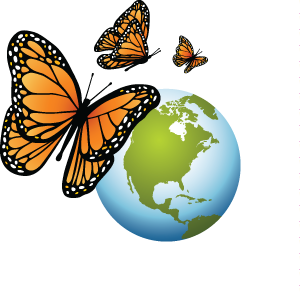Technologies for Generating Electricity from Fossil Fuels
Conventional Steam Generation
Steam turbines, steam electric or thermal generating units are external combustion systems when they use fossil fuels to generate the steam. The thermal efficiency of steam electric units is around 35%, meaning that 35% of the energy of the fuel is transformed into electricity. The remaining 65% of this energy is either lost up the stack (around 10%) or discharged with the condenser cooling water (typically 55%). Fossil-fueled steam-turbine generating units range in size from 1 to more than 1,000 megawatts. Normally, facilities of this type have a useful life that spans several decades, and more efficient steam generating units are being employed only in newer power plants.
Combustion Turbines
Internal combustion units include stationary gas turbines, also known as combustion turbines, and reciprocating internal combustion engines. These units are generally less than 100 megawatts in size and they are considered to be less efficient than steam turbines. However, since the gas turbine generators do not have boilers or a steam supply and condensers, the capital costs are much lower for a gas turbine unit than for a steam electric unit. Gas turbine units have quick startup times, compared with steam-turbine units and, because of their relatively small size, they can be installed in a variety of sites, which make them suitable for generation at peak times when demand exceeds the installed capacity of major power stations or for emergency and reserve power requirements. An important amount of heat is carried away with the exhaust gases that are emitted to the atmosphere from the turbine. Gas turbines are mainly used in the so-called combined cycle plants.
Combined Cycle
Combined-cycle units use a gas turbine to generate electricity in a first stage. The hot exhaust gases from the gas turbine are then used to provide all or a portion of the heat for the boiler that produces steam to drive a steam generator turbine for further electricity generation. This type of arrangement is more efficient than either the combustion turbines or steam generating units separately. The thermal efficiency of a combined cycle is around 50%. These units may have multiple gas turbines driving one steam turbine.
Cogeneration
Cogeneration units, also known as combined heat and power, use heat for electricity generation and for other thermal applications at the site. Cogeneration is the most efficient way to use energy, as it allows the recovery of thermal energy for use in services (for example, space heating) or other industrial processes, such as steam. The thermal efficiency of this process can be as high as 75% in terms of energy utilization.

